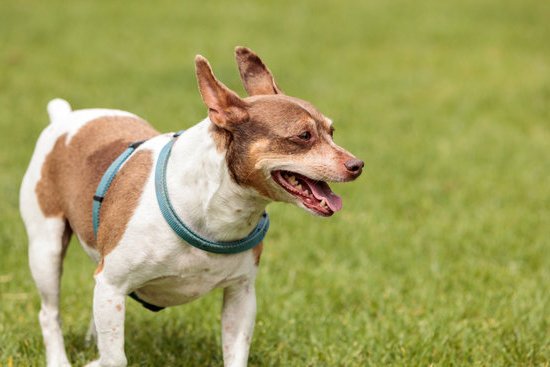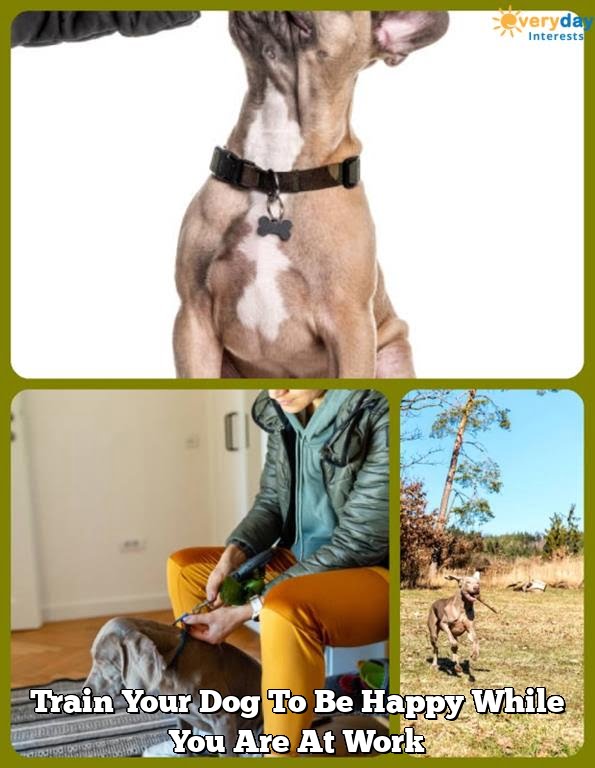There are a lot of benefits to crating your dog while at work. It can keep them safe, comfortable, and out of trouble. Here are a few tips to make the process as smooth as possible for both you and your dog.
1. Make sure your dog is comfortable in a crate. If they are not used to being in a crate, start by getting them used to the idea by feeding them meals inside the crate and putting a few toys inside. Once they are comfortable with the crate, start using it for short periods of time while you are home. Gradually increase the amount of time they spend in the crate until they are comfortable being crated for extended periods of time.
2. If you are crate training your dog while at work, make sure they have a comfortable bed or blanket inside the crate and plenty of water.
3. Leave a few toys in the crate for your dog to play with, but make sure they are appropriate for indoor use. Avoid leaving anything that could be chewed up or swallowed.
4. If you are crate training your dog for an extended period of time, make sure to take them for a potty break at least once every six hours.
5. Make sure your dog has a good recall. If they get loose in your workplace, you want them to come to you when called.
6. Make sure your dog is comfortable wearing a collar and leash. If they are not used to wearing them, start by putting the collar and leash on them for a short period of time and gradually increase the amount of time they spend wearing them.
7. If you are crate training your dog for an extended period of time, make sure to give them plenty of exercise before crating them. A tired dog is less likely to get into trouble.
How To Train A Dog To Stop Barking In Crate
If you have a dog that barks incessantly while in his crate, you may be wondering how to train him to stop. The first step is to understand why your dog is barking. There are a number of reasons why a dog might bark in his crate, including:
-Boredom
-Anxiety or fear
-Excitement
Once you have identified the reason for your dog’s barking, you can start training him to stop.
If your dog is barking out of boredom, you will need to provide him with plenty of stimulation and exercise. obedience training can also help to keep your dog mentally stimulated.
If your dog is barking out of anxiety or fear, you will need to work on helping him to feel more comfortable in his crate. Start by making the crate a positive place for your dog. Put his favorite toys and treats in the crate and feed him his meals inside the crate. Gradually increase the amount of time he spends in the crate until he is comfortable staying in it for long periods of time.
If your dog is barking out of excitement, you will need to train him to calm down before entering the crate. Begin by teaching your dog to sit or lie down and stay in place until you release him. Once he is calm, put him in the crate.
How To Crate Train A Chihuahua Dog Puppy
Crate training a Chihuahua is a great way to potty train your new dog and to keep him safe when you can’t watch him. A crate can also help with separation anxiety.
The first step is to get your Chihuahua used to the crate. Start by putting the crate in a comfortable spot in your home and putting a soft blanket or towel in it. Put some treats or kibble in the crate and let your Chihuahua go in and out of the crate. Praise your dog when he goes in the crate.
The next step is to start using the crate for potty training. When your Chihuahua is about to go to the bathroom, say “crate” and put him in the crate. If he goes to the bathroom in the crate, praise him. If he doesn’t go to the bathroom in the crate, take him outside right after putting him in the crate.
The last step is to use the crate for separation anxiety. When you have to leave your Chihuahua home alone, put him in the crate. This will help him feel safe and secure.
How To Train A Dog Not To Cry In Crate
1) Start with your dog when they are calm
If you start training your dog when they are already worked up, they will be harder to train. Wait until your dog is calm before you start the training. This may mean that you have to start early in the day or wait until after they have had a chance to run around and play.
2) Crate training should be a positive experience
When you are crate training your dog, make sure that the crate is a positive experience. Have treats and toys in the crate and let your dog explore it on their own. Make sure that you never use the crate as a punishment.
3) Get your dog used to the crate
Before you start training your dog not to cry in the crate, you need to get them used to the crate. Put the crate in a place where your dog spends a lot of time and put their food and water inside. Once they are comfortable going in and out of the crate, you can start training.
4) Start with basic commands
Before you start training your dog not to cry in the crate, make sure that they know basic commands like sit and stay. This will make the training process easier.
5) Say “quiet” in a firm voice
If your dog starts to cry in the crate, say “quiet” in a firm voice. Make sure that you are consistent with this command and always use the same tone of voice.
6) Reward your dog when they are quiet
When your dog is quiet in the crate, reward them with a treat or a toy. This will help them associate being quiet with a positive experience.
7) Be patient and consistent
It may take a while for your dog to learn not to cry in the crate. Be patient and consistent with the training and eventually they will learn.
Crate Training Dog Crying All Night
There can be many reasons why a dog might cry all night in their crate, but the most common one is that they’re not comfortable and are trying to tell their owner that something is wrong.
If your dog is whining and crying in their crate at night, the first thing you need to do is determine the cause. Some of the most common reasons are:
The crate is too small and the dog is uncomfortable
The dog is not comfortable with the location of the crate
The dog is not comfortable with being confined
The dog is anxious or fearful
The dog is uncomfortable with the noise level
The dog is uncomfortable with the light level
The dog is uncomfortable with the temperature
If you determine that the dog is not comfortable for any reason, you need to take steps to correct the problem. This may include finding a larger crate, moving the crate to a different location, or allowing the dog to roam free at night.
If the dog is anxious or fearful, you may need to seek the help of a professional behaviorist to help the dog feel more comfortable in the crate.
If your dog is comfortable in their crate but is still crying all night, there may be another reason. Some dogs simply cry out for attention, and may not be actually uncomfortable at all. If this is the case, you can try to ignore the dog’s cries and see if that stops the behavior. If it does, you can then work on training the dog to only cry when they need something, such as when they need to go outside.

Welcome to the blog! I am a professional dog trainer and have been working with dogs for many years. In this blog, I will be discussing various topics related to dog training, including tips, tricks, and advice. I hope you find this information helpful and informative. Thanks for reading!





